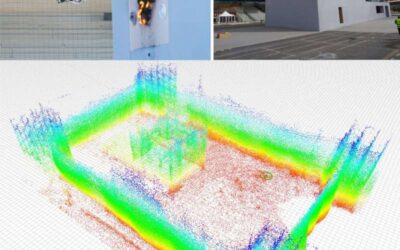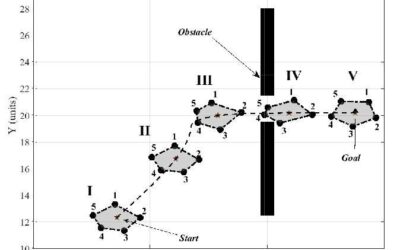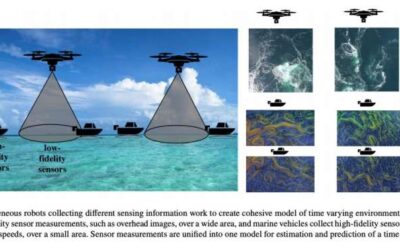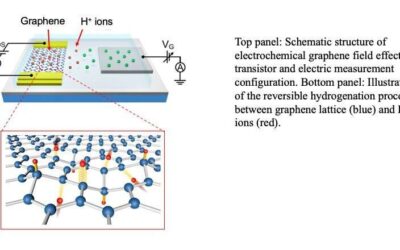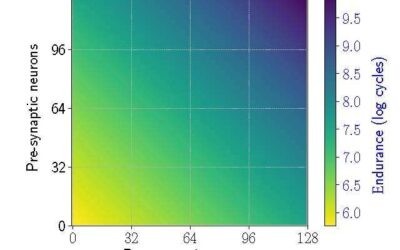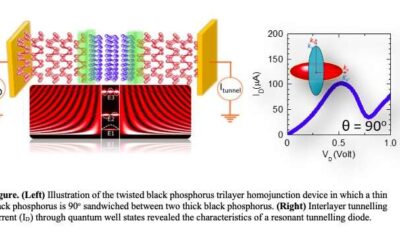Li-ion batteries and other emerging lithium-based battery technologies are currently used to power a wide range of devices, including smartphones, laptops, tablets and cameras. Despite their advantages, batteries containing lithium do not always retain their...
TECHXPLORE
DLL: A map-based localization framework for aerial robots
To enable the efficient operation of unmanned aerial vehicles (UAVs) in instances where a global localization system (GPS) or an external positioning device (e.g., a laser reflector) is unavailable, researchers must develop techniques that automatically estimate a...
A technique to plan paths for multiple robots in flexible formations
Multi-robot systems have recently been used to tackle a variety of real-world problems, for instance, helping human users to monitor environments and access secluded locations. In order to navigate unknown and dynamic environments most efficiently, these robotic...
Using different teams of robots to model environmental processes
Teams of multiple robots could help to tackle a number of complex real-world problems, for instance, assisting human agents during search and rescue missions, monitoring the environment or assessing the damage caused by natural disasters. Over the past few years,...
Researchers identify a strategy to achieve large transport gap modulation in graphene
Over the past decade or so, the semimetal graphene has attracted substantial interest among electronics engineers due to its many advantageous qualities and characteristics. In fact, its high electron mobility, flexibility and stability make it particularly desirable...
eSpine: A technique to increase the usable lifetime of neuromorphic systems
In recent years, engineers worldwide have been trying to develop increasingly advanced and efficient neuromorphic computing systems, devices that mimic the neuro-biological structure of the central nervous system. Due to their bio-inspired architectures, these systems...
DeepONet: A deep neural network-based model to approximate linear and nonlinear operators
Artificial neural networks are known to be highly efficient approximators of continuous functions, which are functions with no sudden changes in values (i.e., discontinuities, holes or jumps in graph representations). While many studies have explored the use of neural...
A single spin-orbit torque device to sense 3D magnetic fields
Sensors that can detect magnetic fields have many potential applications, for instance, in the development of sophisticated medical devices and transportation systems. Most approaches for detecting 3D magnetic fields developed so far, however, require several sensors,...
Researchers realize resonant tunnelling diodes based on twisted black phosphorus homostructures
In recent years, electronics engineers worldwide have been trying to develop new semiconductor heterostructure devices using atomically thin materials. Among the many devices that can be fabricated using these materials are resonant tunneling diodes, which typically...
A new strategy to enhance the performance of silicon heterojunction solar cells
Crystalline silicon (c-Si) solar cells are among the most promising solar technologies on the market. These solar cells have numerous advantageous properties, including a nearly optimum bandgap, high efficiency and stability. Notably, they can also be fabricated using...


